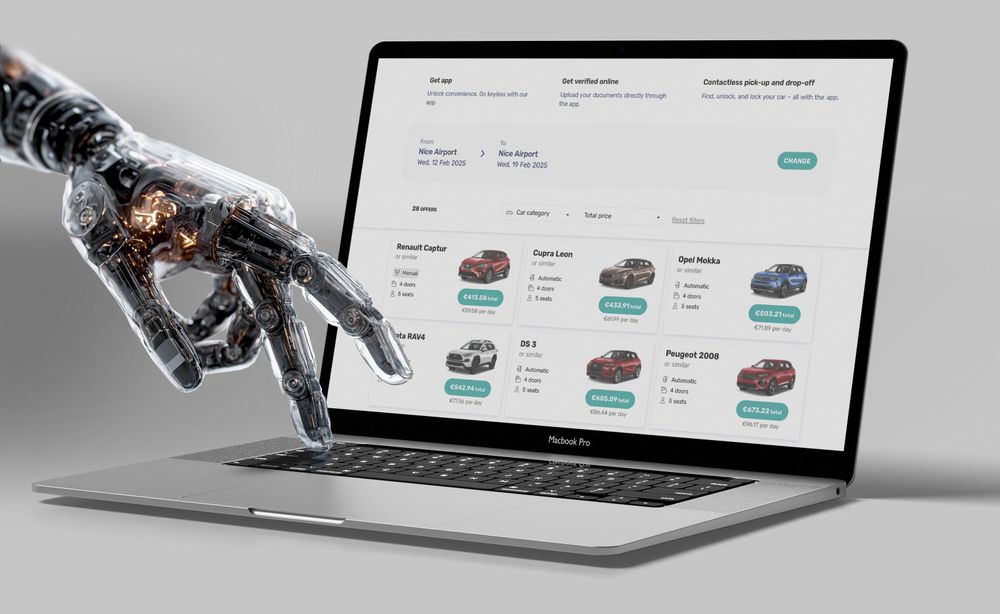A battery swapping station is a facility where a battery electric vehicle‘s (BEV) depleted battery is quickly replaced with a fully charged one. This service makes recharging an EV as fast as filling a petrol tank. At Chinese automaker NIO’s swapping stations, a robot automatically carries out the entire process in just a few minutes.
This helps address range anxiety, the fear that an EV battery might suddenly run out, which is one of the barriers to widespread EV adoption. In contrast, charging an EV can take anywhere from 30 minutes to over 24 hours, depending on the type of charger, vehicle model, and battery capacity.
How does it work?
The swapping process is quite straightforward. The driver pulls their EV into a designated bay, where automated robotic systems identify the vehicle. The robot extracts the depleted battery from underneath and installs a fresh one. The empty battery is then recharged slowly at the station to help extend its lifespan by avoiding frequent fast charging cycles.
In addition to private cars, businesses also benefit from this rapid approach; it works well for taxis, buses and delivery fleets. Minimising downtime helps the companies maintain efficiency and control costs.
Human operators can also perform the process manually for smaller vehicles. For example, Taiwanese manufacturer Gogoro operates the world’s largest battery-swapping network for electric scooters, with over 11,000 GoStations across Taiwan and several hundred stations in mainland China that handle roughly 12 million swaps per month.
Battery as a Service
Battery swapping often separates battery ownership from the vehicle. This means that to lower the upfront cost of an EV, the customer can opt for a Battery as a Service (BaaS) model. The users are paying a recurring fee for battery use and swapping rather than owning the battery outright. Subscribers can opt for a battery with less capacity for everyday drives and choose a larger battery for longer journeys. They also gain the flexibility to upgrade to newer battery technologies as they become available.
The NIO way
Battery swapping has been around for some time, but it has gained fresh momentum thanks to Chinese automaker NIO. As of mid-2025, NIO operates over 3,440 swap stations globally, with the vast majority located in China and a growing presence in Europe and other international markets. The company is investing heavily in the infrastructure and relies on standardised battery formats that are compatible across its vehicle range. NIO has designed its vehicles for battery swapping and has formed strategic alliances with automakers and battery suppliers, including GAC Group, Changan, Geely, CATL, Chery, JAC, Lotus, and FAW, to standardise swappable batteries and expand compatible infrastructure.
The West
Despite occasional interest and pilot programmes, battery swapping has so far gained little ground in both the United States and Europe due to little cooperation between automakers. There is no agreed standard for battery sizes, shapes or connectors. As a result, few manufacturers support battery swapping, and the approach remains niche with only limited infrastructure across the West.
Instead, most major automakers prioritise rapid charging. They see it as more practical, scalable, and better suited to existing systems. One notable exception is the US-based startup Ample, which is developing modular, automated swapping stations for commercial fleets and has formed partnerships with companies like Stellantis and Mitsubishi Fuso.
Synonym(s):
- battery switching station
- BSS



